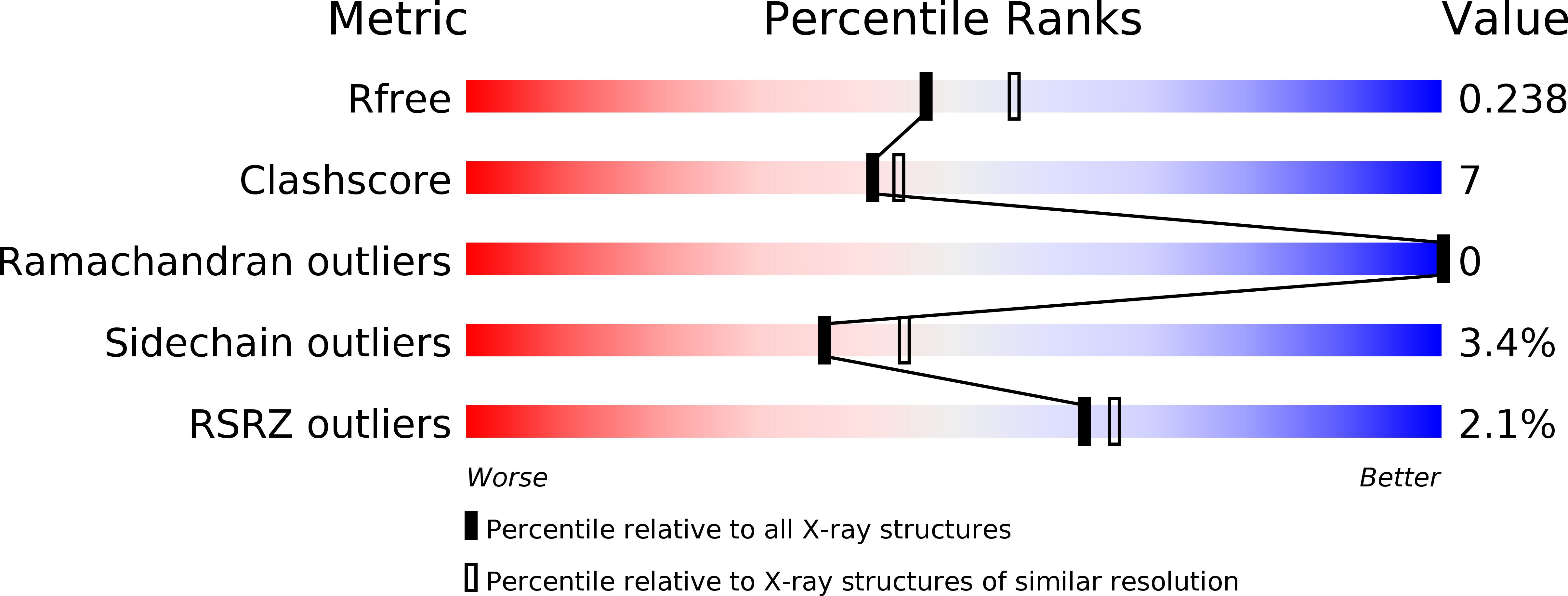
Deposition Date
2011-07-24
Release Date
2012-05-23
Last Version Date
2024-10-16
Entry Detail
PDB ID:
3ZV7
Keywords:
Title:
Torpedo californica Acetylcholinesterase Inhibition by Bisnorcymserine
Biological Source:
Source Organism:
TORPEDO CALIFORNICA (Taxon ID: 7787)
Method Details:
Experimental Method:
Resolution:
2.26 Å
R-Value Free:
0.24
R-Value Work:
0.20
R-Value Observed:
0.20
Space Group:
P 31 2 1


